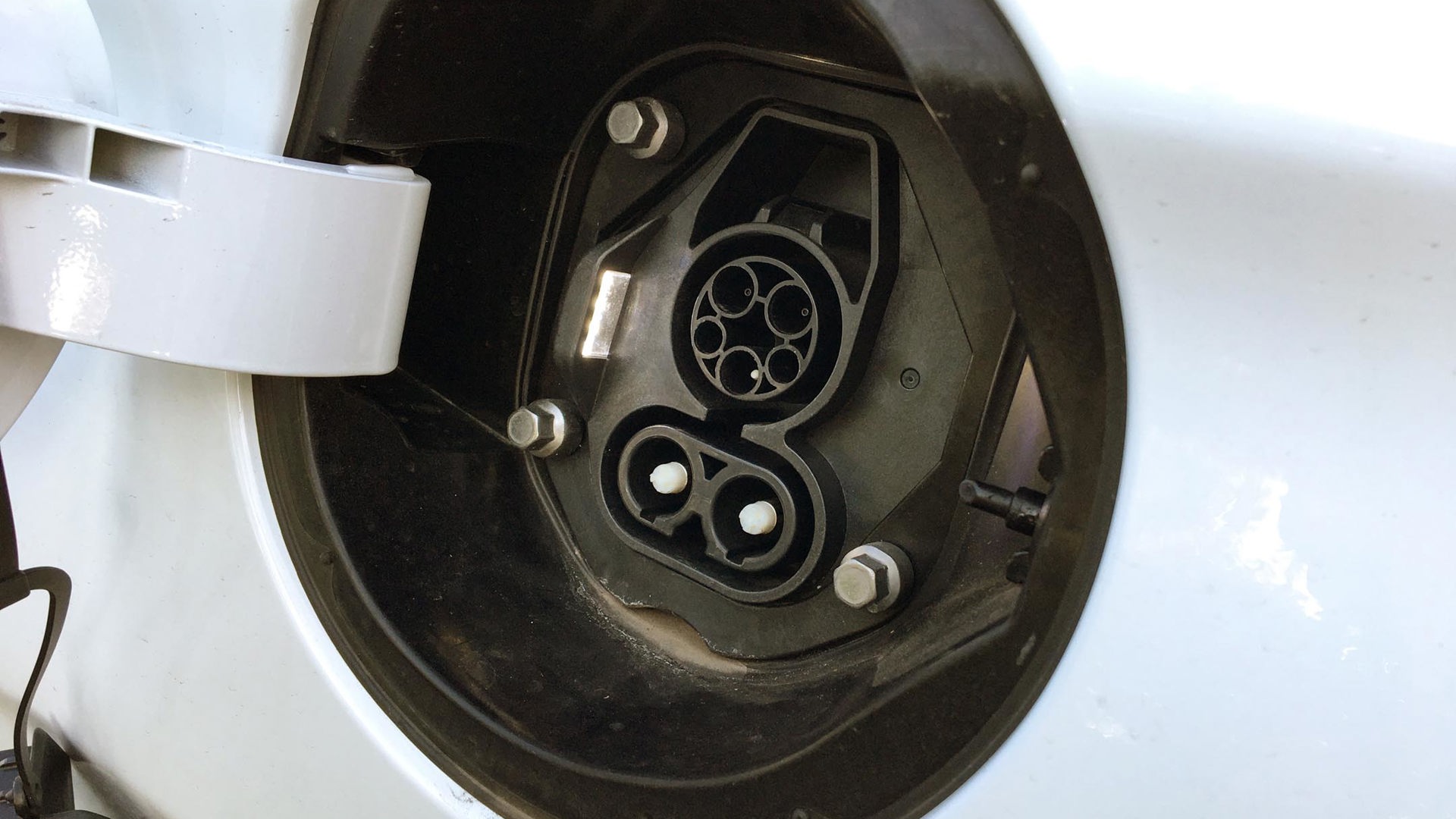So you’re shopping for an electric vehicle (EV).
If you’ve read part one of this two-part series aimed at demystifying the EV ownership experience, you got the scoop on what exactly zero-emissions vehicles are all about, and the differences between conventional hybrids, plug-in hybrids (PHEVs), and all-electric vehicles.
Now it’s time to explore the minutiae of electrification, including the fundamentals of EVs, how they differ from gas-powered vehicles, how to calculate energy costs, and the most important deciding factors when considering the type of EV that’s right for you.
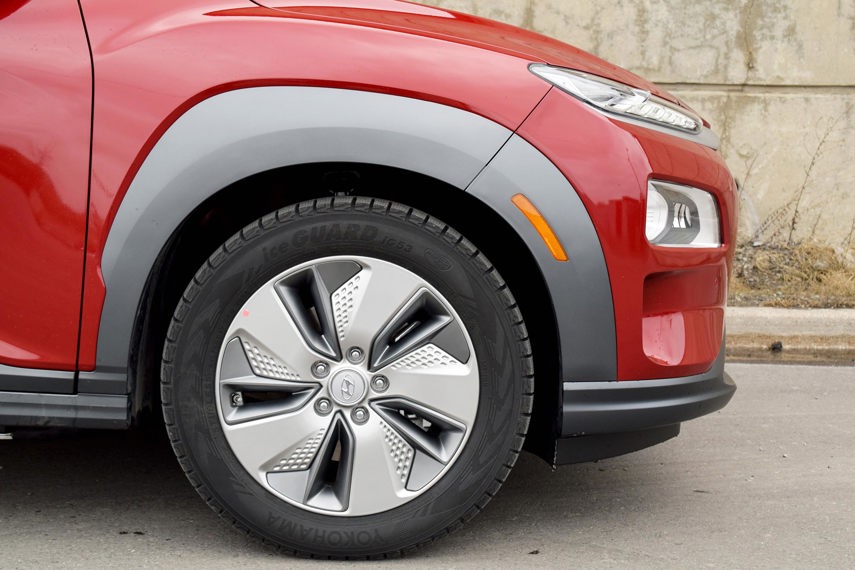
What is Regenerative Braking?
Regenerative braking is a system that recuperates kinetic energy that would otherwise be lost and puts it into the battery for later use. A fast-moving heavy object possesses a lot of kinetic energy. Traditionally, to slow a passenger vehicle, friction brakes are applied, and its kinetic energy is converted into heat in the braking system, which is then wastefully dissipated.
In EVs, the electric motors invert their operation to function as generators, helping to decelerate the vehicle and generate electricity at the same time. The momentum of the moving vehicle drives the generator, slowing the vehicle down, and converting its kinetic energy back into electricity to recharge the battery. This is akin to someone pedaling on a treadmill generator or wind driving a wind turbine generating electricity.
While EVs still have traditional friction braking systems, the friction brakes are used far less than in conventional vehicles because regenerative braking is generally used first to slow the vehicle down. Only when additional stopping power is needed will the friction brakes be applied.
The driver doesn’t do anything differently in EVs to decelerate. Most EVs activate regenerative braking as soon as you start letting off the accelerator pedal. Instead of the coasting feeling you get in a gas-powered vehicle, an EV will feel like it is actively decelerating as soon as you let off the throttle. Most EVs can bring the vehicle to a complete stop just by regenerative braking, meaning you don’t need to press on the brake pedal to come to a full stop. Some refer to this feature as “one-pedal driving.” If regenerative braking is not decelerating the vehicle quickly enough, pressing on the brake pedal will apply the traditional friction brakes to stop the vehicle.
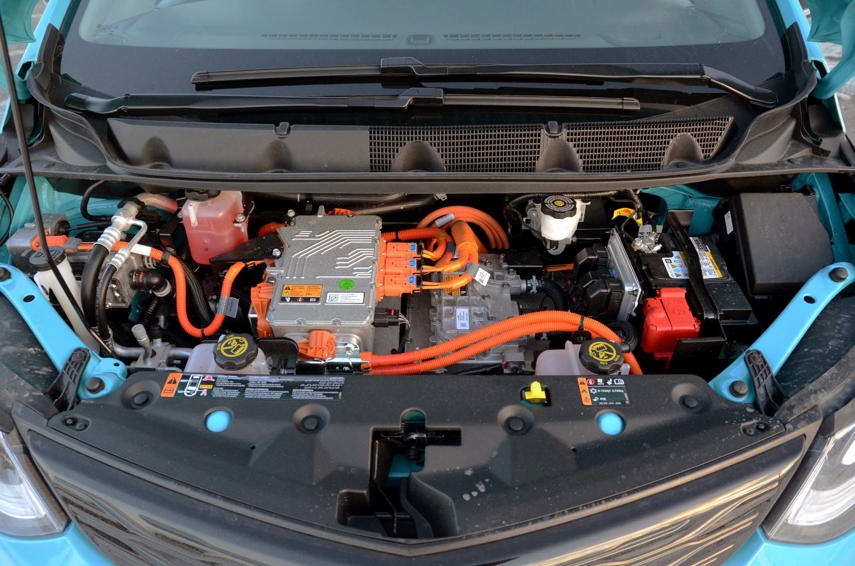
Different Maintenance Requirements
An internal combustion engine requires different types of maintenance procedures than an electric motor because they operate on very different principles and are constructed very differently.
As the name suggests, an internal combustion engine generates mechanical power by repeatedly combusting a compressed fuel and air mixture inside the engine. Such precisely timed explosions put into motion a set of closely connected, reciprocating and rotating components that ultimately turn the wheels of the vehicle. The reciprocating and rotating components in the engine turn at thousands of rotations per minute and require engine oil for lubrication and cooling. The engine oil and its filter deteriorate after a period of use and need to be replaced regularly.
An electric drive unit runs on electricity, so no combustion occurs. The drive unit is a combination of the electric motor and a set of gears that rotate, ultimately driving the wheels. But an electric drive unit has far fewer rotating components that contact each other, thus resulting in far less heat generated during its operation.
An internal combustion engine and its accompanying subsystems also have significantly more actuated components than an electric drive unit. Moving components experience wear and tear, and often need to be serviced or replaced throughout the lifetime of the vehicle. More moving components also mean higher risk of failures, potentially resulting in repair costs.
Typical EVs utilize only electric drive units with little to no subsystems that have actuated components, so there is generally little maintenance required on their drivetrains and subsystems.
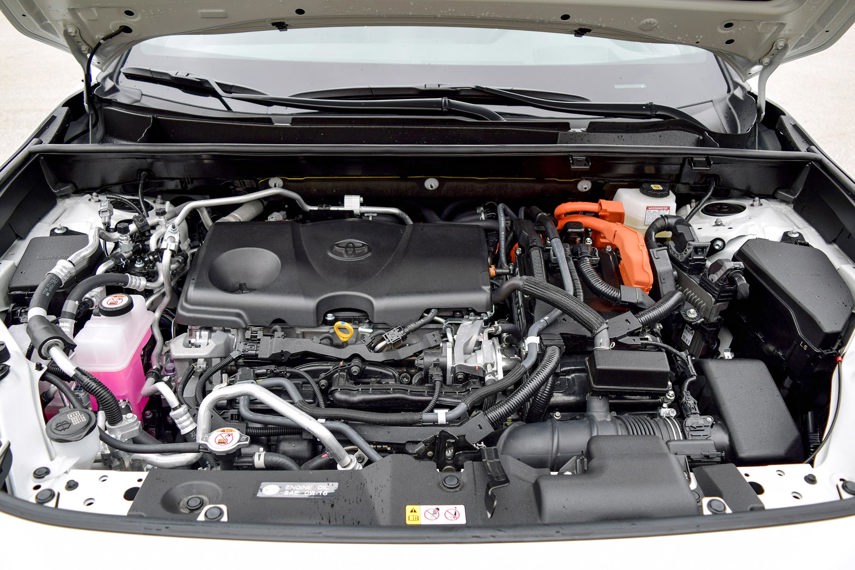
Hybrids, plug-in or otherwise, use both a combustion engine and an electric drive unit to propel the vehicle. Their combustion engine requires the same type of maintenance procedures as a gas-powered vehicle. They also have more componentry and added complexity to marry an electric drive unit to their combustion engine. As such, maintenance costs for hybrids will be the same if not higher than that of traditional gas vehicles.
In terms of braking systems, since EVs usually leverage regenerative braking to decelerate, their friction brakes get used less frequently, so brakes in EVs generally require less maintenance.
As for batteries, first we need to understand that EVs contain two separate batteries: the drive battery, and the auxiliary battery. When we speak of the battery in an EV, we are typically referring to the drive battery, which is the high-voltage battery pack used to power the drive units. The auxiliary battery is a standard 12-volt automotive battery that also exists in conventional vehicles.
Just like in internal combustion vehicles, the auxiliary battery in an EV is used to power the lights, windows, infotainment unit, and other low-voltage electronics. This 12-volt battery will eventually need to be replaced, whereas the high-voltage drive battery is expected to last the lifetime of the vehicle and no maintenance on it is required.
Aside from these differences in drivetrain and braking system maintenance, other maintenance requirements are essentially the same between EVs and ICE vehicles. Items like tires, for example, need to be replaced, while bushings and other suspension components will wear over time.
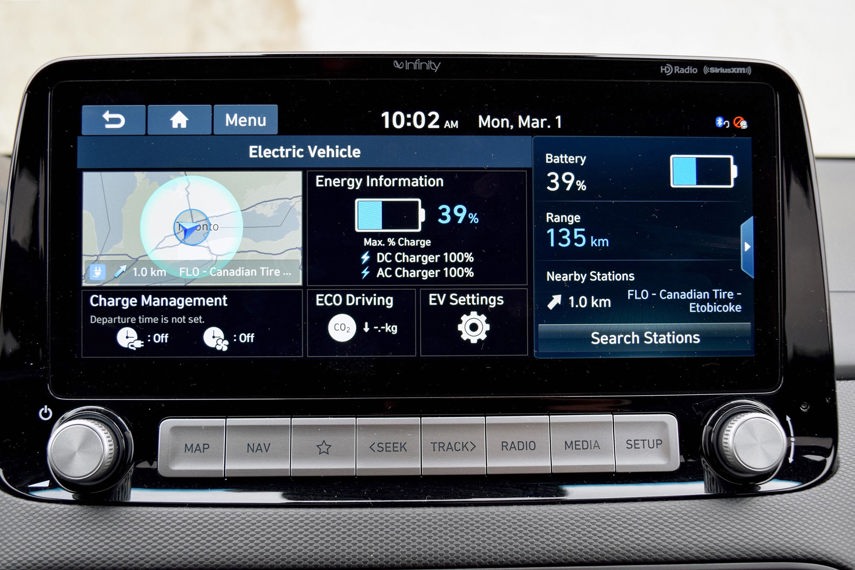
Calculating and Comparing Energy Costs
In part one of this series we covered overall energy efficiency and showed that EVs are the best of the bunch with the lowest energy cost. To illustrate this, we can compare dollars per distance travelled between a compact EV and a similarly sized gas-powered one. We can calculate this using their average energy consumption figures.
On average, a reasonably efficient gas-powered compact crossover consumes roughly 8.0 L/100 km in mixed city and highway driving. With recent gas price hikes of $1.45/L, that equates to $11.60 per 100 km driven.
An average compact EV consumes roughly 20 kWh/100 km in mixed driving. Assuming you charge only at home at an average off-peak electricity rate of $0.082/kWh, that works out to $1.64 per 100 km driven.
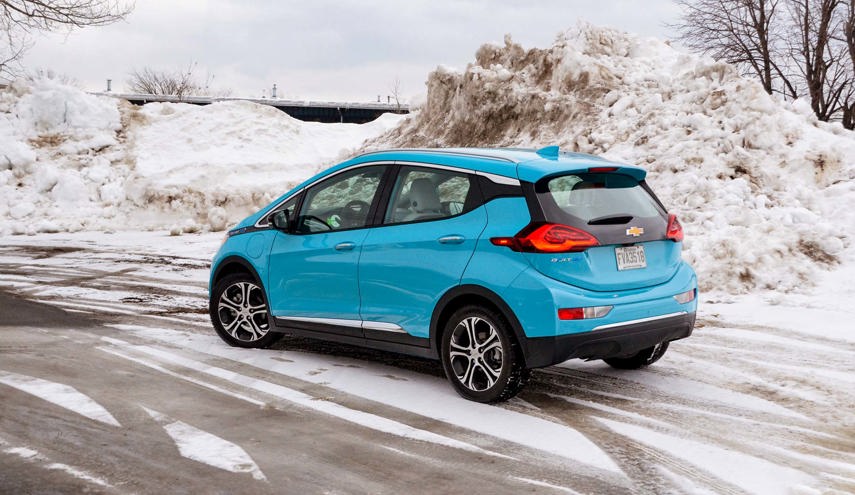
Do EVs Work Well in the Winter?
Many have doubts about the reliability and range of EVs in Canadian winters, but there is nothing that makes EVs less reliable in the winter than in any other season. Unlike combustion engines that need to be cranked and ignited to start running, which could be a struggle on the coldest days, electric motors do not need to turn over like a gas engine, and will run even at the coldest of temperatures if there is enough charge in the battery.
In terms of range, all vehicles, whether run on gasoline or electricity – or a combination of the two – experience range loss in the winter, though EVs tend to lose more range than gas ones as temperatures drop. This is because all the creature comforts we demand from the vehicle in the winter are powered by the drive battery. This includes the cabin heater, the heated seats, heated steering wheel, and the rear defrost, all of which are run frequently during winter months. EVs also need to generate heat to warm up the drive battery to its operating temperature.
Studies of real-world usage show that in outdoor temperatures from 0 to -10°C, EVs tend to lose on average 25–30 per cent of their rated range, and they can lose upwards of half their range when outdoor temperatures are lower than -20°C.
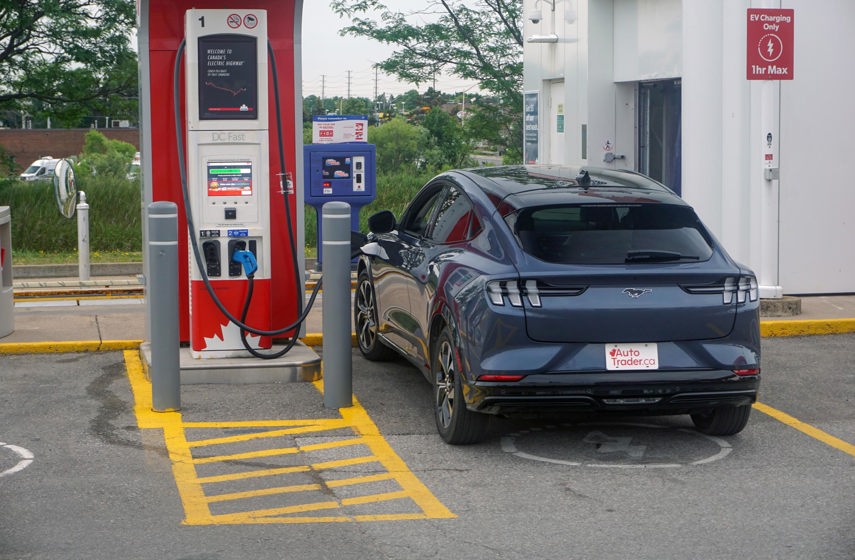
How to Choose the Most Suitable EV for You
The most important deciding factor to think about when considering an electric vehicle is whether you can keep the vehicle plugged in at home for long periods of time to recharge. It might be helpful to reference our guide for all you should know about charging an EV at home.
An EV is great unless you take frequent long road trips where you drive more than the vehicle’s maximum range within the day. If you do a lot of road trips where you cannot spare the time to recharge at public chargers, a PHEV is the way to go, even if you can plug in at home.
If you don’t have the means to charge at home, an EV wouldn’t be our first recommendation since you must rely on public chargers. That diminishes the convenience and energy cost saving benefits of EVs. Consider a PHEV if you want to keep the option open to plug-in when you have an opportunity to do so. Otherwise, a hybrid is the best choice if you can’t charge at home.
If considering an EV or PHEV, ensure the vehicle has a rated range that is greater than your average daily commute, thus allowing you to recharge at the end of the day. Remember to take into consideration potential range loss in the winter. Generally, within the same model, the longer the range, the higher the vehicle price.
In terms of different classes of vehicles, today most EVs and PHEVs are compact cars and crossovers. There is not yet a mass produced two-door sports coupe, pickup truck, or minivan with an electric powertrain, though trucks in particular are on the way.
